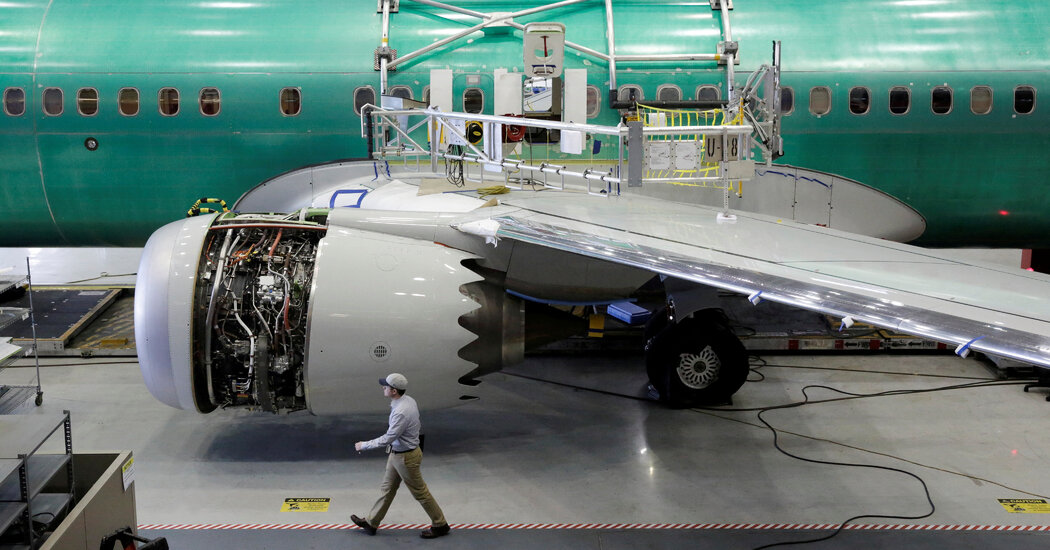
After two deadly crashes involving its best-selling 737 Max 8 planes five years ago, Boeing spent billions of dollars to make its products safer and repair its reputation. Now, the company is again confronting a wave of uncertainty and costs following a harrowing incident involving a different 737 jet.
Just four weeks ago, a hole blew open on a 737 Max 9 jetliner during an Alaska Airlines flight shortly after takeoff when what appears to have been a poorly attached panel tore away. The Alaska pilots made an emergency landing as terrified passengers feared the worst.
The incident has prompted the Federal Aviation Administration to indefinitely halt Boeing’s ambitious plans to raise production of Max planes. Passengers have filed class-action lawsuits against the company. And some infuriated airline executives are taking the rare step of criticizing Boeing publicly and expressing doubt about its ability to deliver planes when they were expected. The chief executive of United Airlines has gone so far as to suggest that his company might cancel some of its orders with Boeing.
A case the company settled with the federal government for $2.5 billion in the waning days of the Trump administration to avoid prosecution could be reopened if the Justice Department determines Boeing did not comply with the terms of the deal.
Boeing referred questions about that agreement to the Justice Department, which declined to comment.
Compounding problems for Boeing, the company said on Sunday that a supplier had found a new problem with fuselages on dozens of unfinished 737 Max planes. In a note to employees, Stan Deal, the chief executive of Boeing’s commercial plane unit, said that the supplier last week identified that “two holes may not have been drilled exactly to our requirements.”





